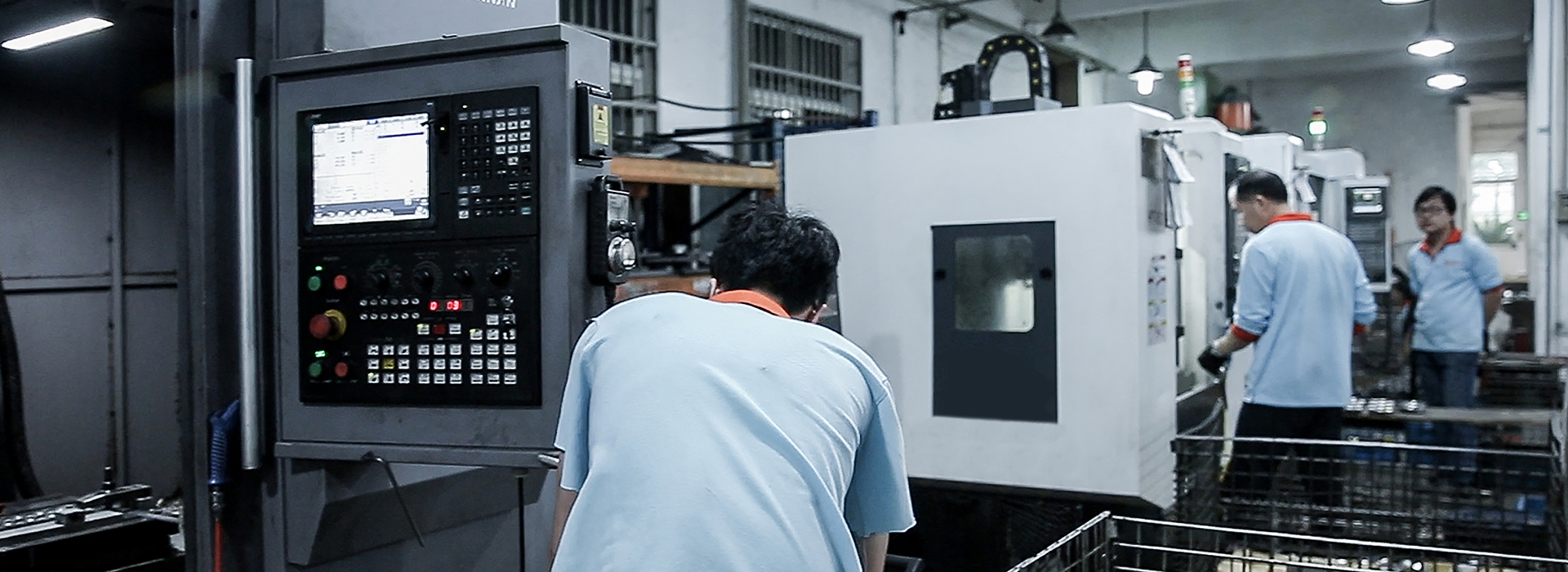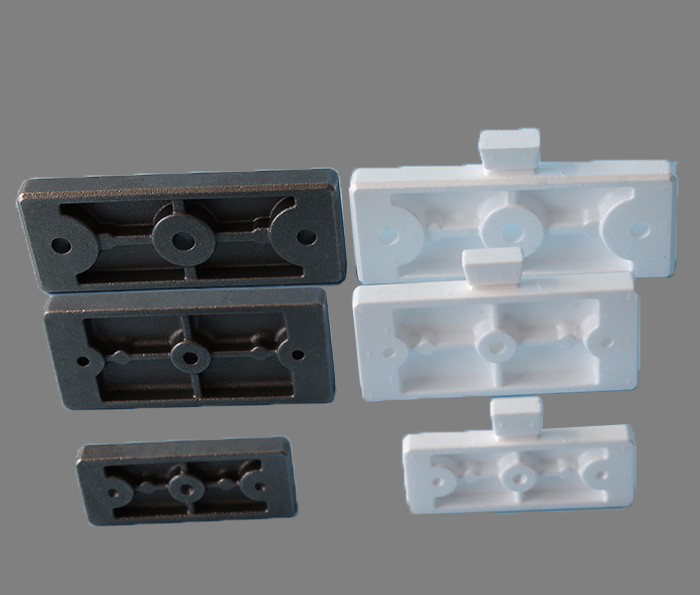
The results of casting quality inspection in support casting factory are generally divided into three categories: qualified products, repaired products rejected products.
1) Qualified products refer to castings whose appearance quality internal quality meet relevant standards technical conditions of delivery acceptance;
2) Reworked products refer to the castings whose appearance quality internal quality do fully meet the standards acceptance conditions, but are allowed to be reworked, can meet the requirements of quotation standards technical conditions for delivery acceptance of agricultural castings after reworking;
3) Scrap refers to castings that are qualified in appearance internal quality, are allowed to be repaired still fail to meet the requirements of standards technical conditions for delivery acceptance of castings after repair. Waste products are divided into internal waste external waste. The internal waste refers to the waste castings found in the foundry foundry workshop; the external waste refers to the waste products found after the delivery of the castings, which causes far greater economic losses than the internal waste.
Factors influencing solidification mode of agricultural castings
There are many solidification methods for castings. In the process of solidification, the section of casting is generally divided into three areas: 1-solid area, 2-solidification area, 3-liquid area, which has a great influence on the solidification area, is the width of the solidification area, according to which the solidification mode is divided. First, intermediate solidification: the solidification of most alloys is between layer by layer paste solidification. Second, solidification layer by layer: there is no solidification zone for pure metal eutectic alloy in the solidification process. The liquid solid phases in the cross section are clearly separated each other by a boundary. With the decrease of temperature, the solid layer increases continuously, the liquid layer decreases continuously, reaching the center. Third, paste solidification: the alloy has a wide range of crystallization temperature. During a certain period of solidification, there is no solid layer on the surface of the casting, the solidification area runs through the whole section, paste first then solidify. Relevant experts said that the factors affecting the solidification mode of castings are summarized as follows: first, the temperature gradient of castings. The width of solidification zone depends on the temperature gradient of the inner outer layer of the casting when the crystallization temperature range of the alloy is fixed. The smaller the temperature gradient, the wider the solidification zone. (large internal external temperature difference, fast cooling, narrow solidification area). Second, the crystallization temperature range of the alloy. Small range: the narrower the solidification area, the more inclined to solidification layer by layer. For example: sand casting, solidification of low carbon steel layer by layer, paste solidification of high carbon steel.
